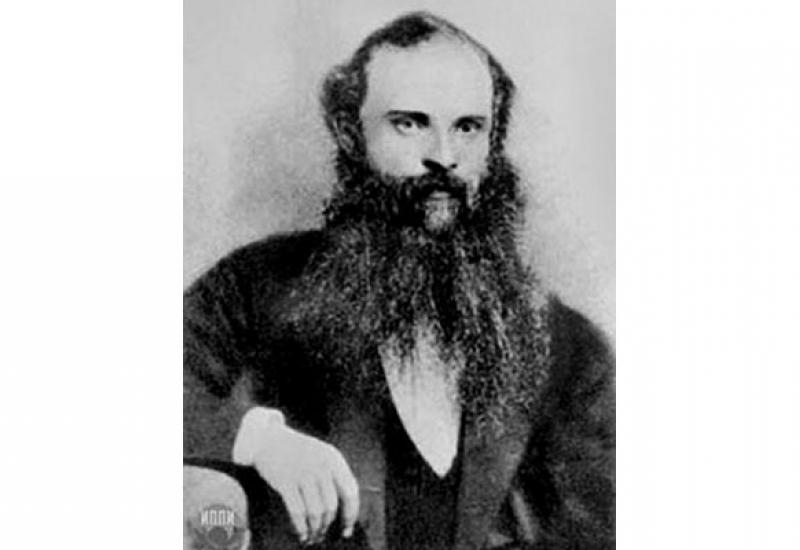Honoured professor of Kiev University and corresponding member of the St. Petersburg Academy of Sciences V. P. Yermakov was invited to KPI to give lectures in mathematics in 1898. A year after this event at a meeting of the KPI council, the university’s principal V. L. Kyrpychov in his report on the results of the university’s success during its first year of functioning stressed the necessity to petition the upper management for the appointment of V. P. Yermakov to occupy the head post at the department of mathematics.
The appointment was quite successful. At that time, V. P. Yermakov was the most prominent mathematician, scholar and lectuter in Kiev. In 1868 he graduated from the course of Kiev University and was left to prepare to receive a professor’s degree. He also studied abroad – in Berlin and Paris. In 1870 he discovered a new evidence of numerical series convergence. Since 1873 he has worked in the Kiev University as a reader, extraordinary and ordinary professor. In 1874 he defended his master's thesis in “The general theory of linear differential equation of higher orders integration by partial derivatives”, in 1877 – a doctoral thesis in “Mechanics differential equations integration”. In 1879-1881 he published lectures in differential equations integration and probability theory as well as his work “Double-periodic functions theory”. In 1897 he had his monograph “Abelian functions theory” published. V. P. Yermakov was also actively engaged in various social activities. He was one of the Kiev mathematical society and Higher courses for women founders, in 1884 he founded the «Elementary mathematics journal” which was reorganized in the “Journal of experimental physics and elementary mathematics” two years later. This edition has brought up a great deal of ukrainian mathematician generations. This journal was the first to publish the works of Heorhiy Voronyy (Pryluky high school student) and Dmytro Hrave (St. Petersburg university student) who became famous mathematicians later.
V. P. Yermakov has introduced such new mathematical disciplines in the KPI as differential geometry elements, differential equations theory, probability theory elements, approximation computation and others which are compulsory taught in mathematical courses nowadays. The scholar has promoted slide rule learning in KPI too that was one of the main computational tools of that days. When students used to only listen to the lectures in mathematics at that time, V. P. Yermakov introduced practical course of the mathematical subjects, during which students were solving sums and received explanations on the complex issues of the course. These studies were led by such assistants as I. I. Belyankina, H. V. Pfeyffer, P. V. Voronets, M. O. Stolyarov, S. P. Sheynberh, K. F. Abramovskyy and others, who then became famous scientists. Forms and methods of practical courses conduction were discussed for many times at the meetings of mathematics committee. It was stressed that during such studies students have the opportunity to participate in scholarly work.
In the KPI V. P. Yermakov conducted researches in such popular at the time branches of mathematics as algebra, vector theory, probability theory, calculus of variations, the ordinary differential equations theory. Moreover, he offered willingly the topics of his scientific works, shared all his results, materials, books, and helped with advice those who wanted to conduct the further research of his works.
Owing to V. P. Yermakov, the differential equations theory became one of the main directions of KPI scientific school. These researches were later conducted by his pupil G. V. Pfeyffer, who became a lecturer in KPI in 1899-1909, and M. P. Kravchuk –USSR Academy of Sciences member and head of the mathematics department in KPI in 1930-1937.
V. P. Yermakov was one of the first mathematicians in Kyiv who was working in the field of probability theory together with Kiev University professor M. Y. Vashchenko-Zakharchenko. He developed a lecture course, based on the latest achievements of St. Petersburg mathematical school, especially with the works of P. L. Chebyshev taken into consideration. He also evolved the least squares method and published a monograph on this subject in 1905.

